Going Green
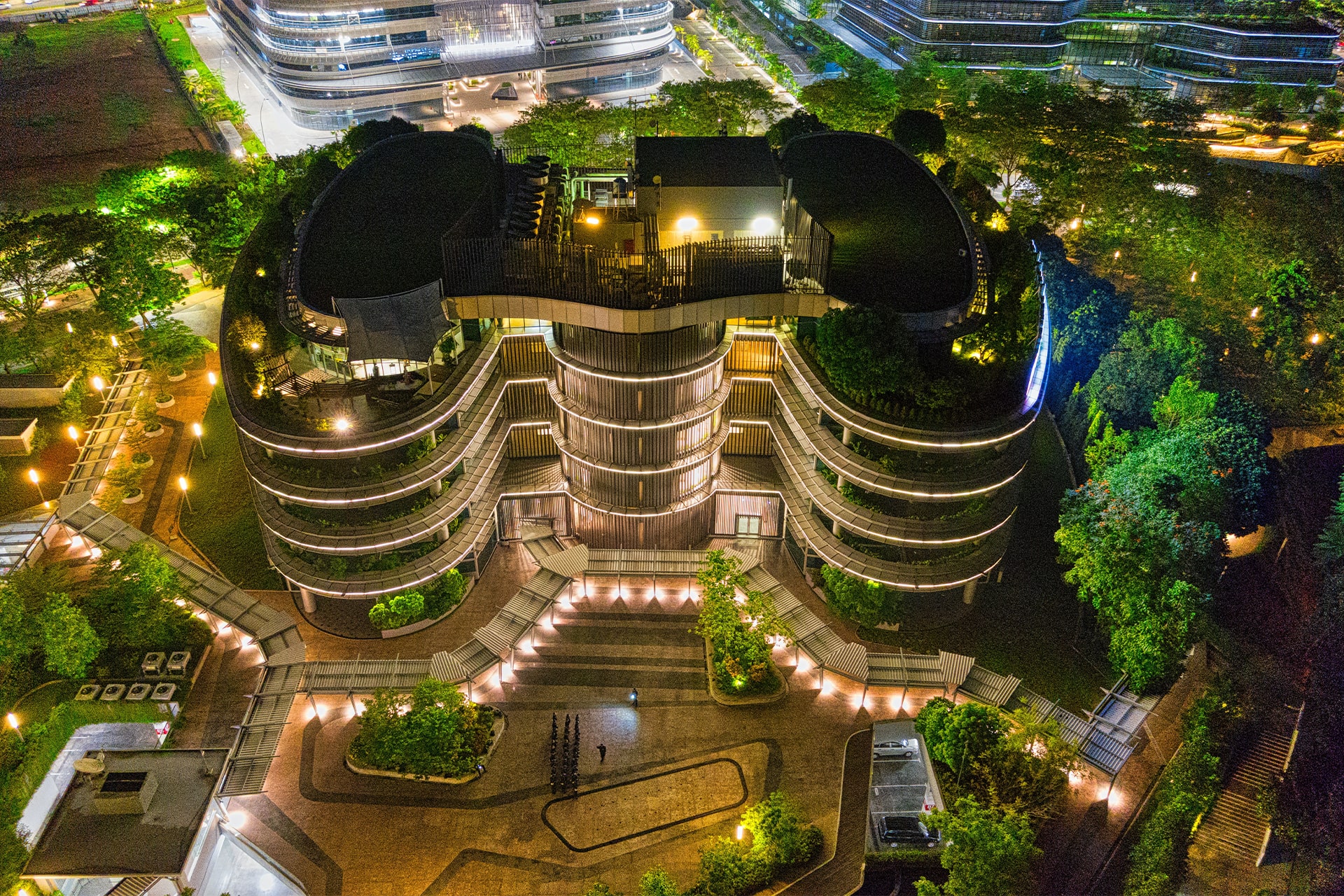


What is sustainable construction?
How can a project be a green building?
Why should everyone adopt sustainable and green buildings?
Why Green Buildings are so important?
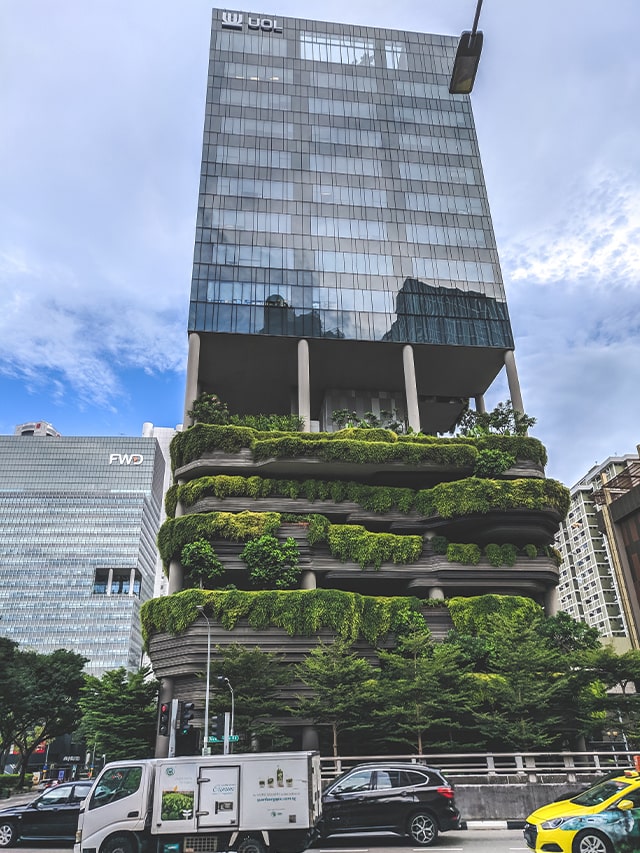
Sustainable Building Materials and their Usability
- The need to bring material efficiency where sustainability will be a prime concern.
- Water, being an important part of our livelihood, needs to be taken care of by enabling low flow plumbing fixtures, rooftop rain harvesting, porous paving system and other such measures.
- Managing the energy provided to the green building through different measures such as smart lighting will also add to sustainability.
- Ensuring proper ventilation and using microbial resistant materials will enhance the indoor air quality of the building which is a required step toward uplifting the living standards of the people.
- Designers are also required to build a proper waste management system for the benefit of humans and Nature.
A cool roof is any roof that is light or white in colour, regardless of the material. It reflects the majority of the sun’s rays which provides a cooling impact on a house. Cool roof systems have an added benefit in that the air conditioning will not be needed during the day, resulting in large savings in summer energy expenses.
Metal roofs are beneficial not only to environmentally conscious homeowners, but also to anyone wishing to invest in a good roof as they are long-lasting, light-reflective, and 100% recyclable. One can improve it by opting for a lighter-colored metal roof made from recycled materials. In addition, the roof is fire-resistant providing it with an edge over the other roof types.
It’s also known as the environmentally friendly wood shake. Wood shingles from a well-managed forest are an excellent choice for individuals looking for a traditional look.
This is a sturdy and cost-effective green housing design. Corrugated roofing is long-lasting and resistant to the elements. This roof is not made of translucent plastic or a wavy sheet of metal as there are many different hues and styles available nowadays. Because of its adaptability, manufacturers may create a wide range of designs. The roof is light and has a clean appearance and also easy to repair. They are great green building materials for homes due to their durability.
Clay and slate tiles have been used for roofing since the dawn of civilization, and they are still in demand. The most environmentally friendly roofing option is reclaimed tiles. A Spanish-style home looks great with a conventional curve of red clay tiles, while slate tiles go well with the elegant aesthetic of historical homes. These roofing materials are both natural and long-lasting. They can live for over a century. There are now light-colored clay tiles available that provide the benefits of a cool roof system as well.
The majority of today’s shingles are constructed from recycled materials such as plastic, wood fibre, and rubber. The roof is made to look like it’s made of recycled slate and cedar shakes. Recycled shingles are a cost-effective alternative to slate roofs for individuals who cannot afford them. They are long-lasting, with a lifespan of more than 50 years, and the roof provides environmental benefits. Plus, the roof is also attractive, and no one would guess it was created from waste materials. When individuals use this roof, there will be less waste and less demand for fresh raw materials to be processed. As a result, less energy will be used, resulting in less pollution and more sustainability.
Choosing to plant a green roof has unique benefits, particularly in metropolitan areas, as it helps in regulating the heat and purifying the air. Furthermore, a green home design lowers rainwater runoff, providing additional cooling and insulation for the home. It also enhances the appearance of your home with its natural beauty which makes it note-worthy.
An excellent roofing material is reinforced rubber shingles made from old steel-belted tyres. The texture is usually enhanced by a layer of ground slate. Different colour options for the roof and it can withstand storms and other inclement weather with a 50-year life expectancy.
Green Buildings Skeletal Structures
The concrete mix consists of slag from steel mills and fly ash which is useful in cutting down the CO2 emissions, making it stronger to resistant to corrosion. It also opens up the scope for recycled aggravate, levitating the agenda for sustainability.
One of the most recycled materials in the modern construction industry is Steel. Not only this, the energy used to create recycled steel is comparatively lesser than the energy used for creating virgin steel. Steel Structures are also lighter, stronger and have more tensile strength when compared to other structures.
The reason behind preferring wood structure could be its renewability. Yes, wood is renewable if taken care of while it’s extracted. It also requires a minimal amount of energy-based processing when compared to its other counterparts.
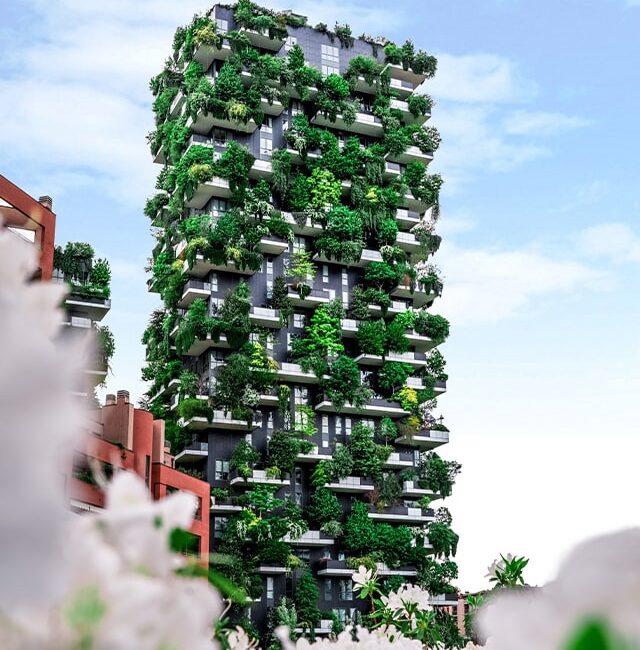
Reclaimed Hardwood
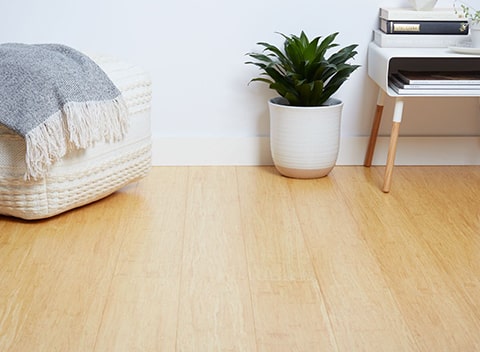
- Bamboo shoots are a renewable resource that can be harvested every year.
- Recyclable and biodegradable
Termite and fungus-free - The nailing down or floating installation procedure of a bamboo floor requires an underlayment, which can be a sustainable installation process if the underlayment chosen are toxin-free.
- Bamboo is denser than oak, has fewer warps, and is more durable.
High strength for up to 25 years. - Bamboo is quite affordable
- Bamboo has a large capability for carbon absorption.
- Southeast Asia has a high transportation carbon footprint due to large industry.
- Overuse can result in forests being transformed into bamboo plantations, destroying local ecosystems – this is not the case if bamboo is FSC-certified.
- The use of urea/formaldehyde in the manufacturing process is exceedingly hazardous.
- The use of boilers for carbonization is an unsustainable manufacturing technique (removal of insects, pesticides, etc.)
- VOCs that are harmful and carcinogenic may be released.
- Boilers are required for an energy-intensive manufacturing process.
Cork
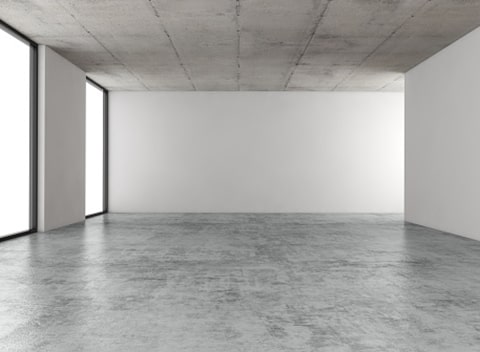
- Anti-allergen helps to keep the air pure and works well with radiant heating on the floor.
- It can employ waste byproducts and limestone, an abundant earth mineral, because it is biodegradable and inert/chemically stable.
- During the day, it absorbs heat and releases it at night.
- Biodegradable, recyclable, and renewable
- The weight of the object necessitates the use of a sturdy structure to support it.
- Improves the quality of the air
- Extremely long-lasting, lasting a lifetime
- It doesn’t scratch or dent, and it’s simple to keep clean.
- Temperature control: During the day, it absorbs heat and then releases it at night.
- CO2 is produced as a result of an energy-intensive manufacturing process.
- It could be a difficult surface to walk on, especially for children and the elderly.
- If not installed properly, it is susceptible to dampness and can result in cracks.
- Toxic colouring chemicals are sometimes utilised.
Reclaimed Hardwood
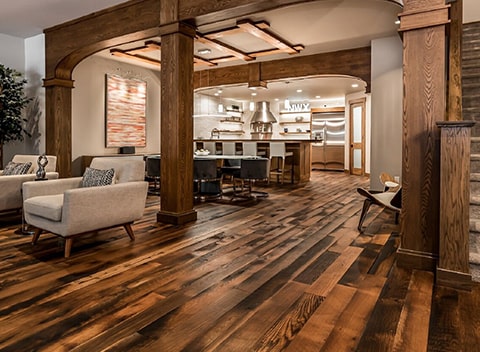
- Improves indoor air quality and is non-toxic.
- Manufactured with a low carbon footprint
- Extremely long lasting
- Points towards LEED certification are possible.
- Mold, chemicals, insects, and potentially dangerous compounds may have been exposed to reclaimed wood.
- Toxic adhesives are frequently used in installation alternatives. There are alternatives to employing adhesives, such as using interlocking joints or anchoring the flooring. Non-toxic adhesives are also an option.
- Excess wetness, scratches, dents, and termite assaults can all ruin your furniture.
- It’s a little pricey.
Virgin Hardwood

- Improves indoor air quality and is non-toxic.
- Extremely long-lasting.
- Points towards LEED certification are possible.
- When compared to reclaimed wood, it does not carry the same risk of being exposed to moulds, chemicals, insects, or toxic compounds.
- Toxic adhesives are frequently used in installation alternatives. There are alternatives to employing adhesives, such as using interlocking joints or anchoring the flooring. Non-toxic adhesives are also an option.
- Excess dampness, scratches, dents, and termite assaults can all cause the wood to rot.
- Harvesting/manufacturing of Virgin Hardwoods has a higher carbon impact than salvaged wood peers.
Cork
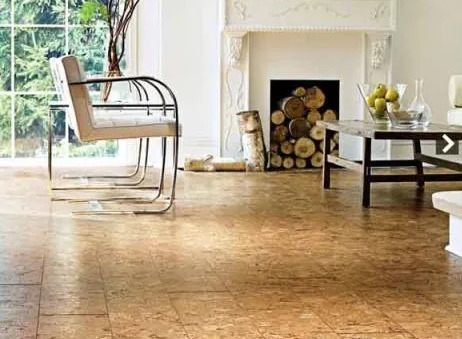
- Anti-microbial, anti-allergen, and insect repellent characteristics
- Global warming is combated via a sustainable harvesting procedure.
- Carbon footprint is really low.
- Manufacturing process that produces no waste
- Assists in obtaining LEED certification points
- The installation procedure is as follows: Due to the possible toxicity of adhesives, the floating approach is favoured over the glue-down process.
- Foot support with a soft cushioning effect
- It’s less expensive than wood.
- Because of the risk for warping, it’s best used in humidity levels of 30-60%.
- The use of boilers to prepare cork contributes to the carbon impact.
- Cork is susceptible to scratching, indentations, and damage from pets with long nails.
- Cork is susceptible to fading when exposed to sunshine.
- Less long-lasting, with a lifespan of 10 to 30 years.
- Cork comes almost entirely from Portugal and Spain, leading to a hefty CO2 transportation cost.
Certification for Green Buildings
- Sustainable Design
- Water Management
- Energy Efficiency
- Indoor Comfort
- Use of Green Building Materials
Conclusion
References
- Global Movement to Save Soil
- Times of India Report on 35 of 50 cities with worst air quality in India
- Structure Engineers and Green Building
- Researchgate Article on Sustainable Building Materials used in Green Buildings
- Green Building: Going Green Concept on Rising in India
- Green Building Certification for Residential Buildings
